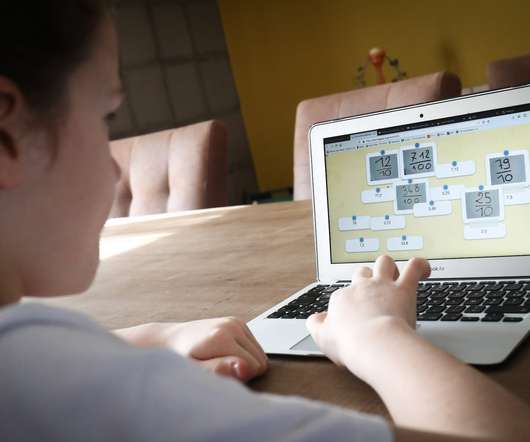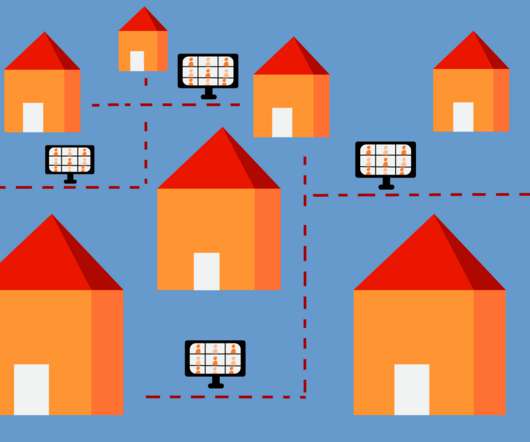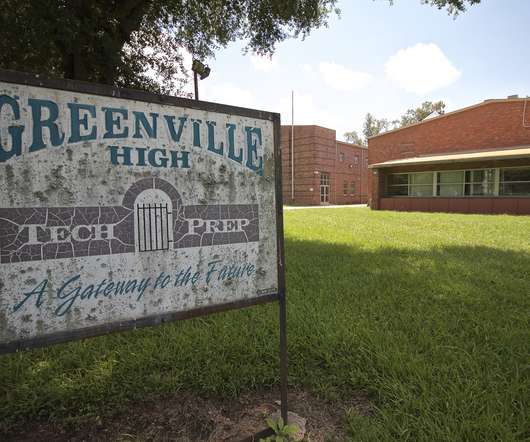Racial segregation is one reason some families have internet access and others don’t, new research finds
The Hechinger Report
OCTOBER 14, 2021
A new study shows that one reason is racial segregation. Since before the pandemic, Benjamin Skinner has been researching broadband access and how lack of home internet impacts students’ ability to do online work. Their research also revealed that differences in broadband vary depending on race, ethnicity and income levels.



































Let's personalize your content